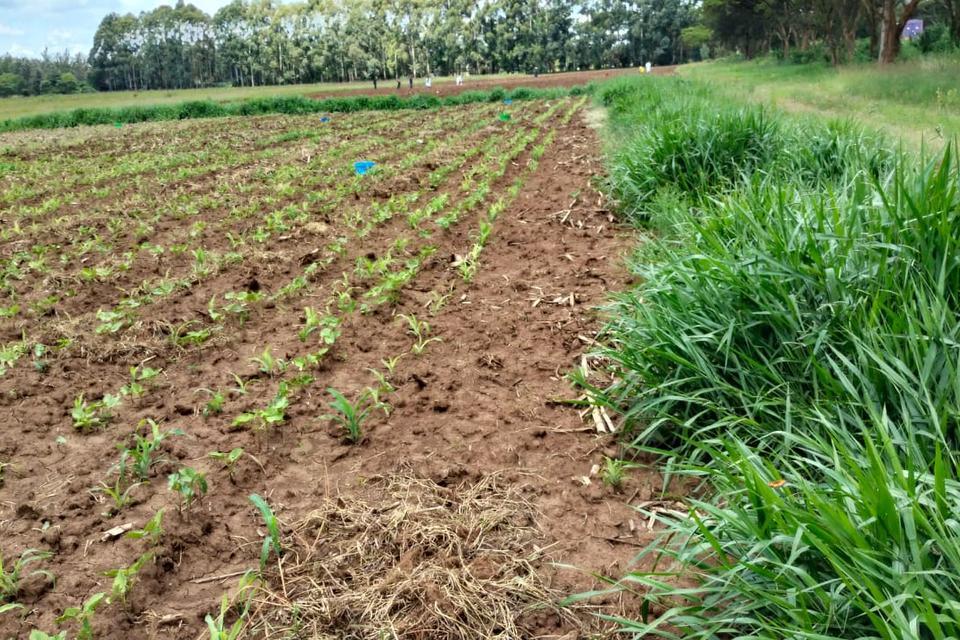Improved forages enhance adoption of climate-smart agriculture among smallholder farmers in Kenya
- From
-
Published on
14.01.25
- Impact Area

Adapting to climate change calls for widening the options for farmers. The introduction of improved forage grasses and legumes aims to boost the application of other innovative Climate-Smart Agriculture (CSA) practices such as mechanization, intercropping, mulching, and the use of certified seeds, all of which contribute to creating a climate-resilient agricultural system. However, some farmers face challenges in fully adopting these practices.
“Typically, farmers use crop residues from maize and legumes to feed their livestock, but when they’re introduced to mulching, those same residues are needed for soil cover. This creates a dilemma—whether to feed the livestock or apply mulch. However, with the introduction of improved forage grasses and legumes, farmers now have a nutritious alternative forage for their animals. This not only boosts livestock productivity but also frees up crop residues to be used effectively as mulch.” said Fredrick Muthomi, Research Associate at the Alliance.
Related news
-

Mapping for Resilience: How Spatial Data is Transforming Karamoja Cluster
Ibukun Taiwo02.07.25-
Climate adaptation & mitigation
Pastoral communities in the Karamoja Cluster (a region spanning Kenya, Uganda, South Sudan, and Ethi…
Read more -
-

Building Resilience and Regeneration: The Central Highlands Ecoregion Foodscape (CHEF)
Sehlule Muzata02.07.25-
Climate adaptation & mitigation
At the CGIAR Sustainable Farming Program (SFP), we believe that collaboration is essential for trans…
Read more -
-

Planting with Precision: How Weather and Climate Information is Changing Bean Farming in Rwanda
The Alliance of Bioversity International and the International Center for Tropical Agriculture (CIAT)01.07.25-
Climate adaptation & mitigation
Imagine weather information as a GPS for farmers. Without it, the journey becomes uncertain, filled…
Read more -
